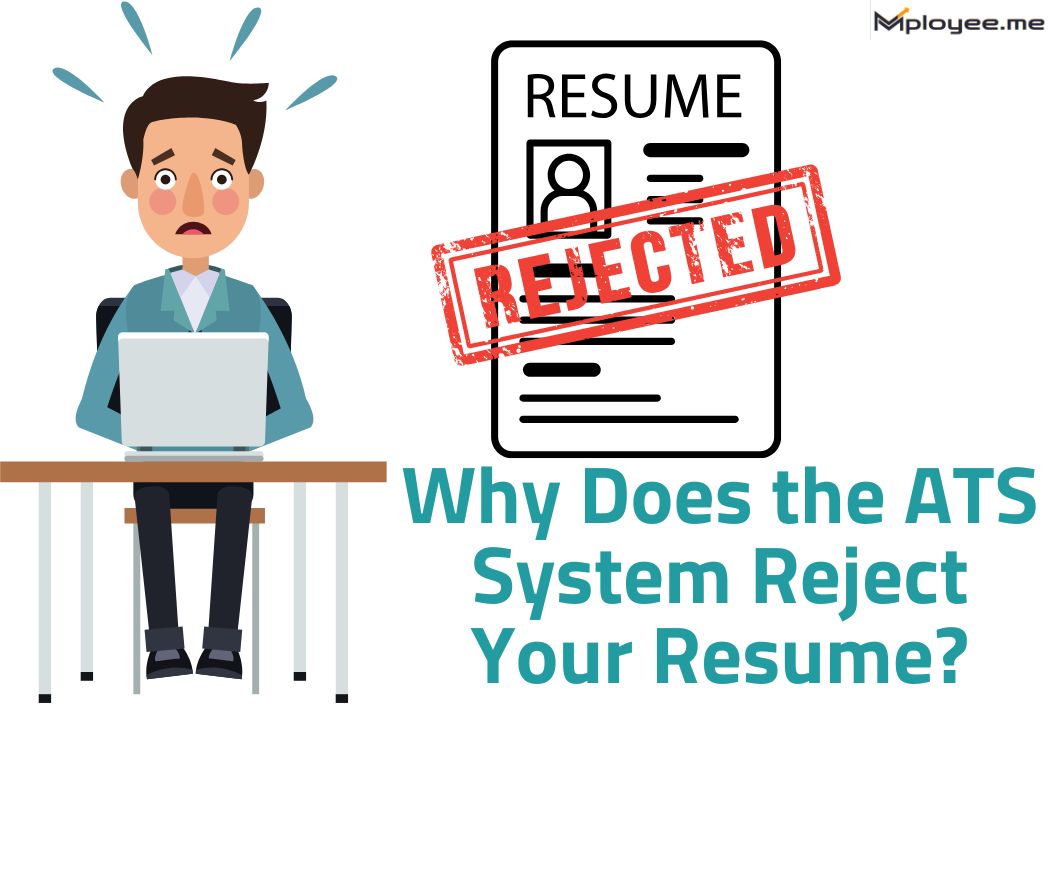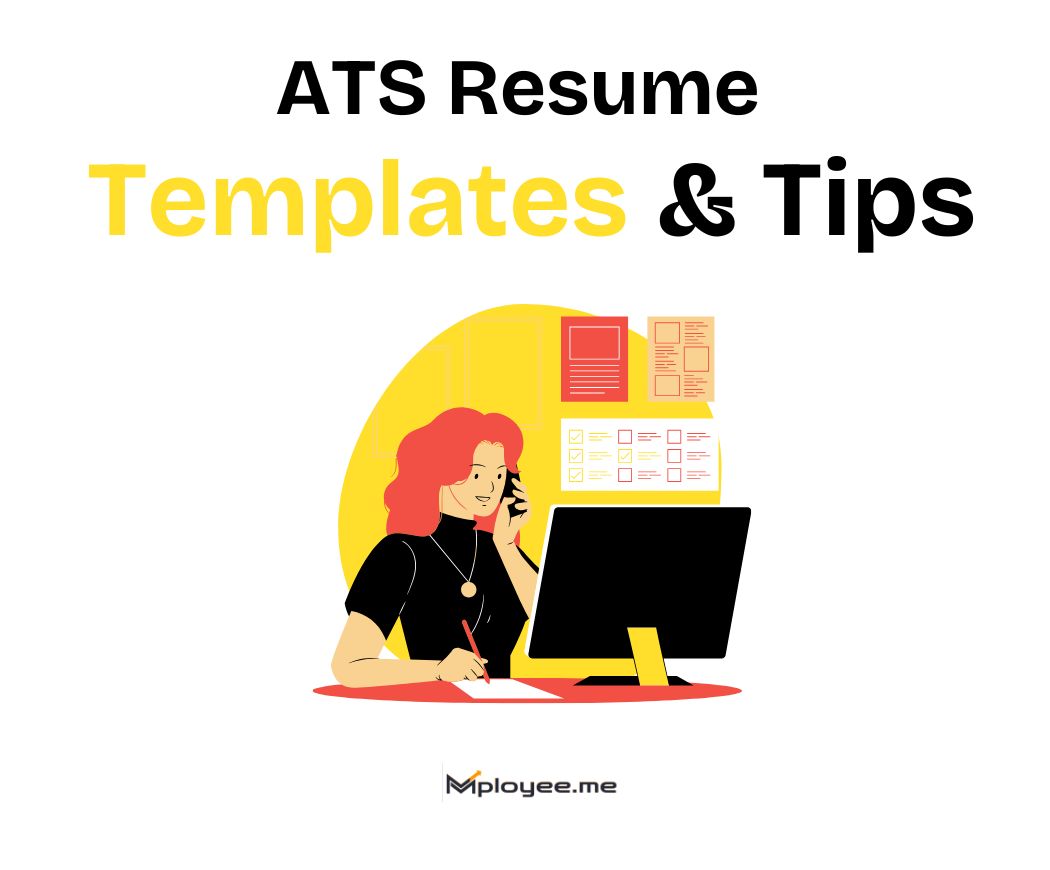
We'll cover
Acing Your Interview: Mastering the Art of "Tell Me About a Time" Questions
Written by Editorial Team, Mployee.me

Your chances to land a dream job depend on your ability to pass the interview fully, and this might become a hard task when you are dealing with behavioural questions. These prompts, which sound like "Tell me about the moment when ... " or 'Give me some illustrations where ... ", are used to explore your experiences and determine if you have the required skills and are fitting for the role. Learning how to answer them most appropriately may greatly increase your possibility of taking the offer. In the course, we will provide you assistance every step along the way and by the time you finish you will be more than confident for your following job interview.
We'll cover:
Understanding the STAR Method
Behavioural interviewing questions are likely the biggest obstacles you are bound to face, which are often worded in a way that makes you answer questions such as, "Tell me about a time when you...". The questions in this stage are typically related to your background work and are aimed to determine if you are a good fit for the job. STAR stands for the Situation, Task, Action, and Result method which is the most productive approach when answering interviews that would in effect highlight your virtues to the mind of the interviewer.
STAR Each letter represents a key element you should address in your response -
Situation (Set the Scene)
Briefly describe the context you faced. What was your role or responsibility at the time? This sets the stage for your story.
Task (What Was Your Job?)
Explain your specific duties or goals related to the situation. What were you expected to achieve?
Action (Your Superhero Moment!)
Here's where you shine! Detail the specific steps YOU took to address the challenge. Use strong action verbs that showcase the skills mentioned in the job description.
Result (The Impact You Made)
Did you solve a problem? Improve a process? Impress a client? Quantify your achievements with numbers, percentages, or data whenever possible. Show the interviewer the positive outcome of your actions.
Example
Let's say you're interviewing for an administrative assistant position, and they ask, "Tell me about a time you disagreed with a teammate's approach."
Here's how you can use the STAR Method to answer -
Situation: "In my previous role, a colleague on my team proposed a new filing system that I felt wouldn't be efficient for everyone." // Sets the context and challenge
Task: "My responsibility was to ensure all documents were easily accessible and organized for the entire team." // Defines your role
Action: "I calmly explained my concerns about the proposed system and offered alternative solutions that would better suit everyone's needs. I presented data on how my suggestions could save time and improve workflow." // Highlights specific actions and communication skills
Result: "My colleague was receptive to my feedback, and we ended up collaborating on a new filing system that addressed everyone's concerns. The new system improved our overall team efficiency by 15%." // Quantifies achievements and showcases teamwork.

Unlock Your Resume's Potential
You've effectively used the STAR Method for developing interview answers, but what about getting your resume through the Applicant Tracking System (ATS)? This is the first stage at which a robot has contact with a human being. A typical company uses these programs for recruitment; they screen resumes before a human can see them. Even though the STAR Method might no longer be your main help, you can still consider it as your secret weapon. Here's how to bridge the gap between your resume and interview:
- Decode the Job Description-
Before you put your resume together, go through the job description carefully to find the key areas to pitch yourself appropriately. What specific knowledge and abilities are they expecting from candidates to perform those positions well? Make a list of these key requirements. This is like a cheat sheet to help you tailor your resume and interview stories.
- Action Verbs are Your Superpower-
When writing your resume bullet points, ditch the boring verbs! Instead of simply stating "Handled customer inquiries," use strong action verbs that showcase the skills mentioned in the job description. Think "Resolved," "De-escalated," or "Provided exceptional customer service." These action verbs tell the ATS exactly what you did and the skills you used.
- Numbers Speak Louder Than Words
It is not enough to only describe your responsibilities but to quantify the results. Did you increase sales? Improve customer satisfaction? Give numbers, percentages... To substitute the word impacted for affected, replace it with the word impactful. For instance, rather than "Improved client service," write "raised positive customer reviews by 20% with effective communication strategies as a result". Numeric results are the ones that grab attention!
- Connecting the Dots
Selecting STAR stories from your experiences during the interview, which are related to the competencies and facts that you put on your resume is a very sensible personal tactic. This way it’s easier for the ATS and the interviewer to bring information together and create a consistent storyline. They'll have an opportunity to follow your journey from documented qualifications to real-life achievements.
Common Themes for Mastering Behavioral Questions
Behavioural interview questions come in many forms, but they often focus on specific skills and experiences. Some of the common themes to prepare for are -
- Problem-Solving-
Demonstrate your capacity to think and reason through problems. Focus on a real-life scenario where you observed a problem and developed different solutions (especially if some didn’t work out) and finally picked the most effective one.
// Example: When we were at a rest on the team`s project, there was a fight on the research pathway. I, therefore, attentively listened to everyone's thoughts and then came up with a compromise that ensured the integration of the favourable elements of both procedures. This made the step along the way much faster and, consequently, we concluded with a more powerful last version of it.
- Teamwork and Collaboration-
List an instance when you were most productive working with other members of your team. Write a description for a case where you are part of a group while gaining a milestone. Emphasize communication skills, ability to solve disagreements, and flexibility towards different work patterns as some of the personal attributes.
- Communication Skills-
Among your strengths lie in keeping open channels and providing clear and concise communication, both in speaking and in writing. Give a scenario that could be the time when you effectively expressed an idea, or there was a communication breakdown, and you could resolve it. Encourage your speaking skills, persuasiveness, and flexibility in the manner in which you communicate.
- Leadership-
However much of it you are or was not, the board can exemplify your leadership capabilities. Mention the moment when you have taken up an initiative, motivated others, or succeeded in some negative scenario.
In the process of crafting your STAR stories, emphasize and substantiate your skills, the actions you took, and the positive outcomes you had.
Tips for Acing Your Interview
- Research the Company: Instead of investing time in the company you're applying to, invest some time learning about it. The infrastructure, such as the website, some social media platforms, and news articles are responsible for the transmission of the kind of culture, values, and mission the company owns. This gives evidence of your consent since you are truly seeing the prospect.
- Prepare Questions: Don't be a silent and passive interviewee, asking the hiring manager all the key questions is equally important! The beginner should go into the interview with thoughtful questions about the job, the team, as well as the group atmosphere. By doing this you are manifesting your advancement and motivation towards better knowledge.
- Dress Professionally: Whether you like it or not, the first glimpse of you can make a big impact! Always dress properly according to the office dressing attitude. Even when the workplace speaks for the casual, be sure to pick the neat clean and more professional type of dressing.
- Be Confident and Enthusiastic: Portray confidence in your abilities and the true excitement the arrival of such a prospect brings. Smile, have eye contact ready and show your opening-up attitude with your body. Let them understand that you are by all means a student and you want to contribute to the team's success
- Follow-up: Following the interview, send the email of appreciation to the interviewer(s) again stressing your desire to get appointed to this job. Conclude with an example you learned during the conversation and connect it to the idea of global sustainable development to personalize the message.

Got Your Answer ?
Learn this in 30 Seconds 👇
Career Blogs
Our career blog is your go-to resource for insightful advice, practical tips, and the latest trends in the job market.

Office Address: Room No 305, IIT ROPAR-TBIF, Top Floor (East Wing), M.Visvesvaraya, Rupnagar PB, 140001
- Free Online Resume Review
- Check Resume Score
- Job Description Keyword Finder
- Resume Shortlisting Software
- Resume Scanner for Jobs
- Find jobs that match with resume
- Job matching platform
- Resume job matching
- Job suggestion
- Best sites to find jobs
- Free ats resume scanner
- Auto apply for job
- Full Time Jobs
- I Need a Job
- Information Technology Jobs
Can't Find Something? Get in Touch.
©2026 Padhakku Peek A Book Pvt Ltd (Mployee.me)






